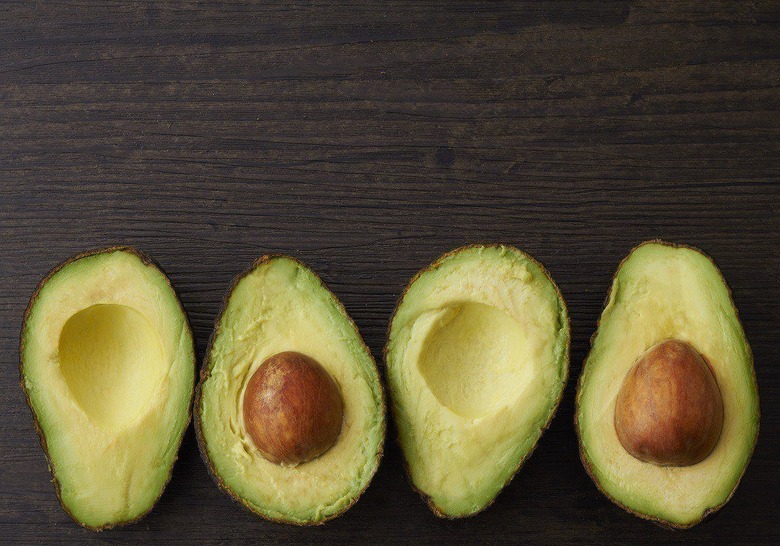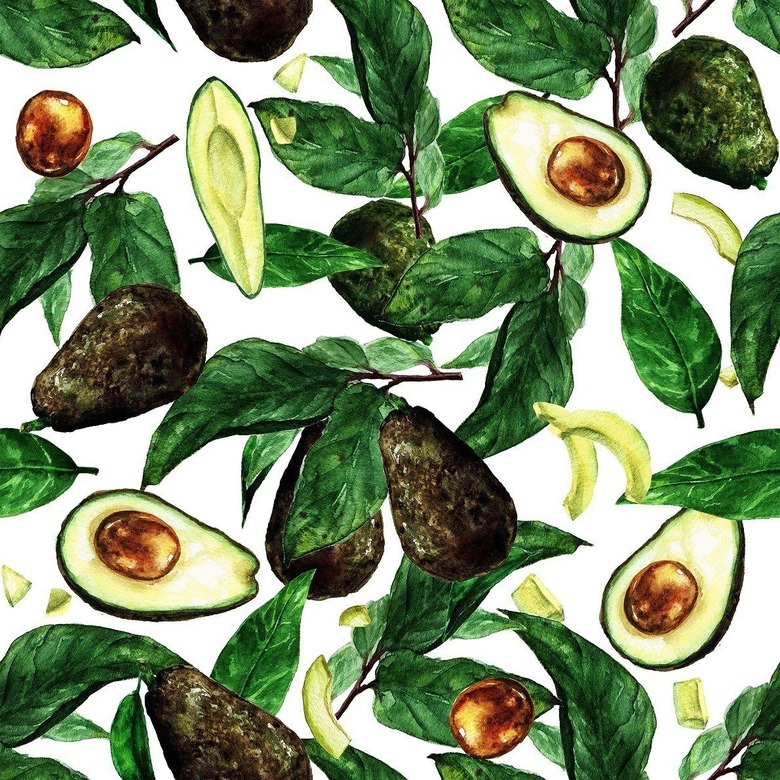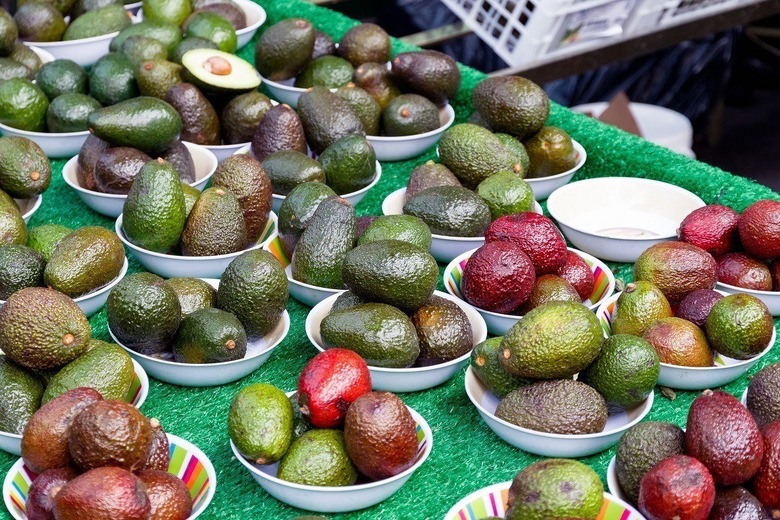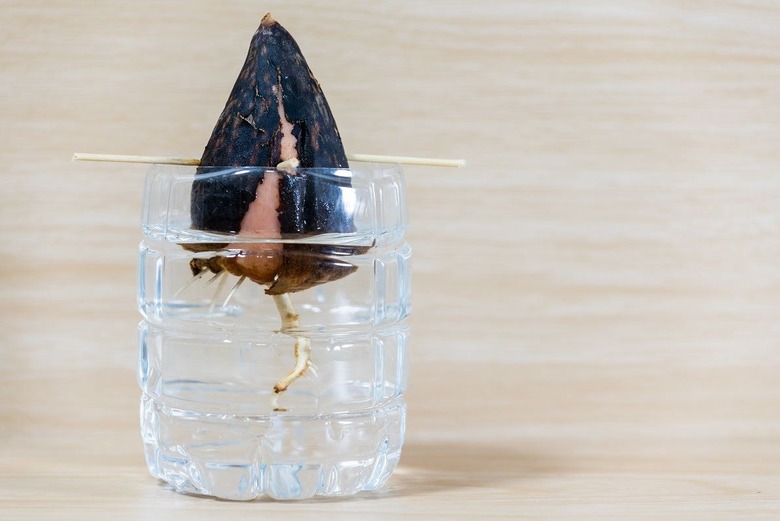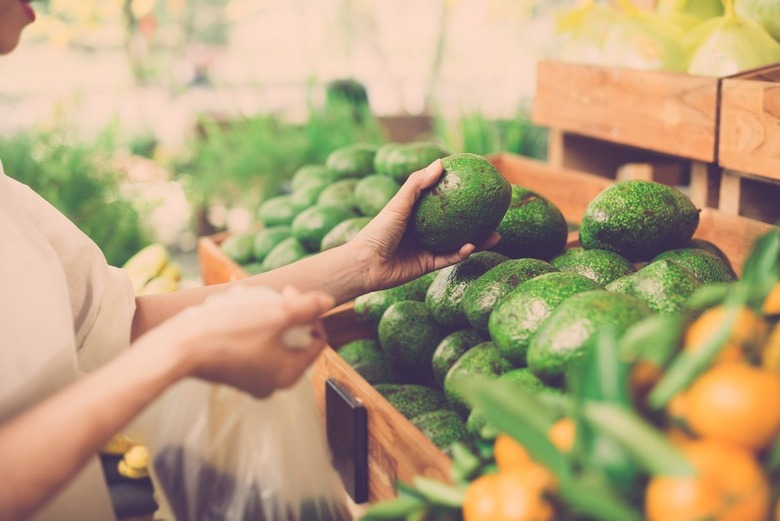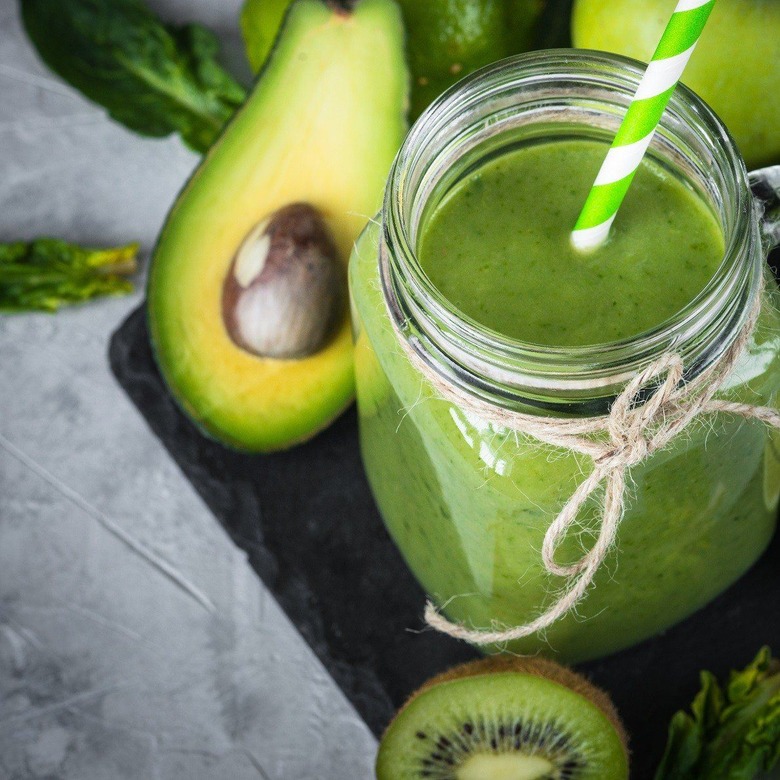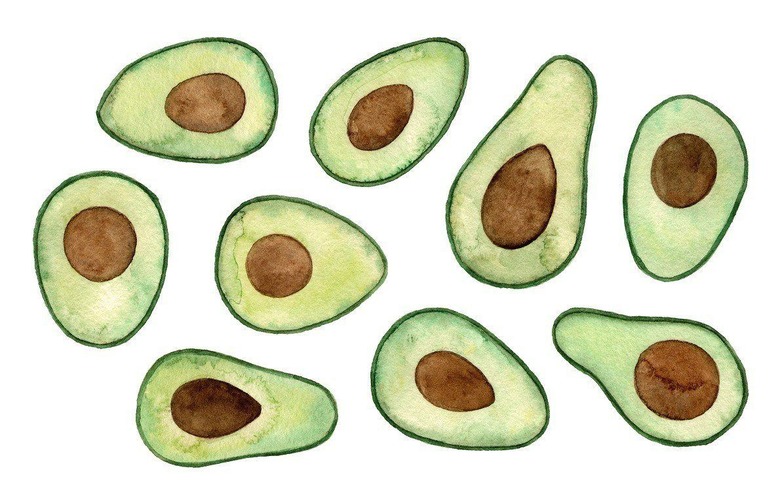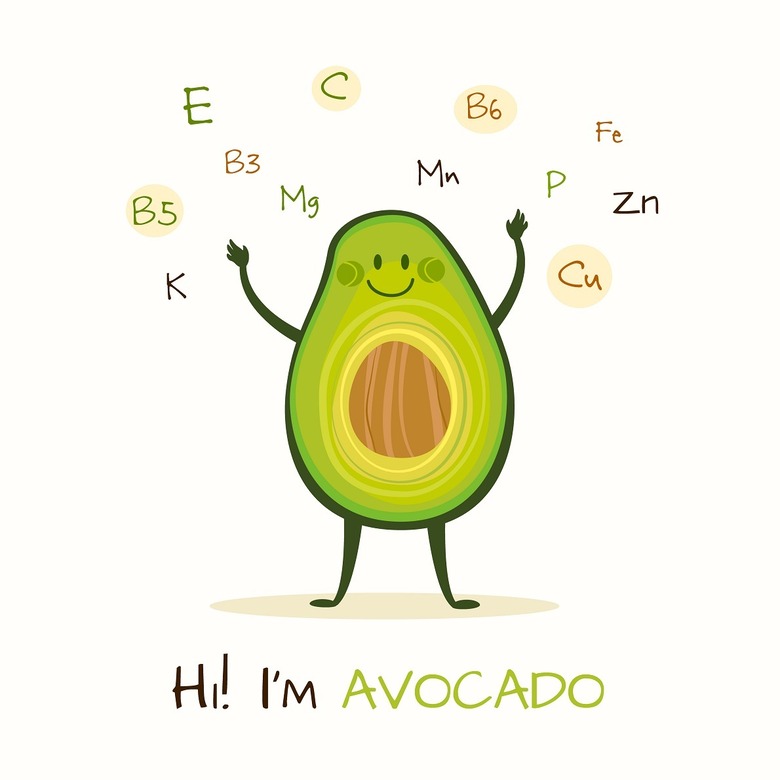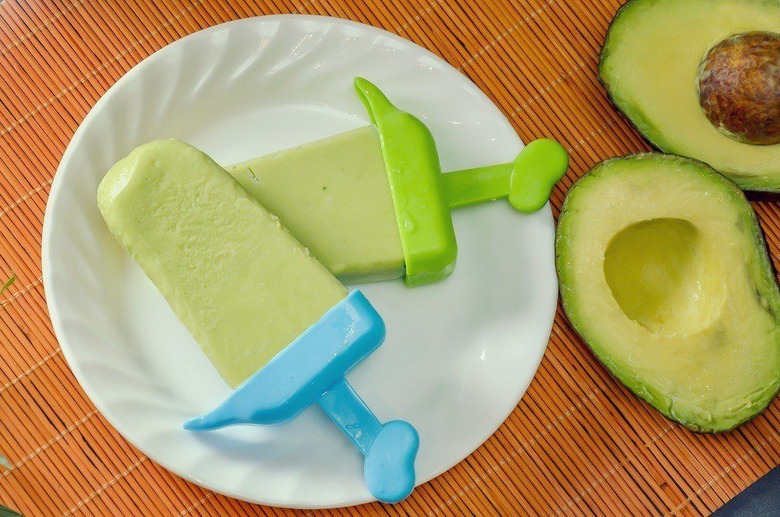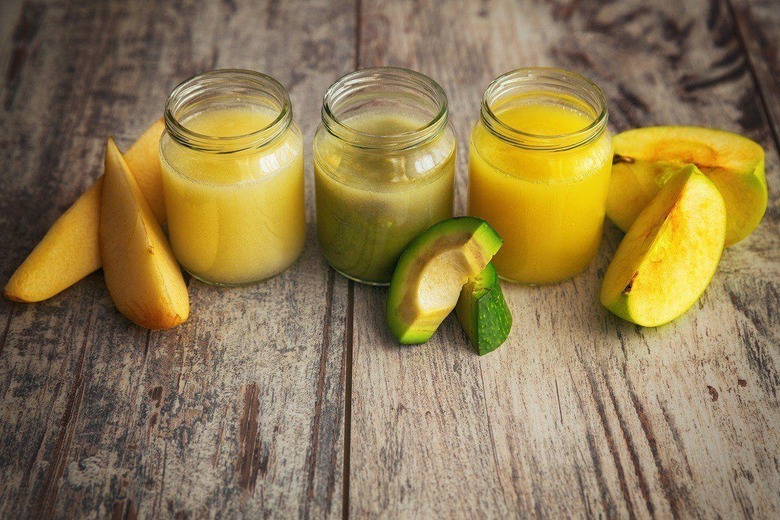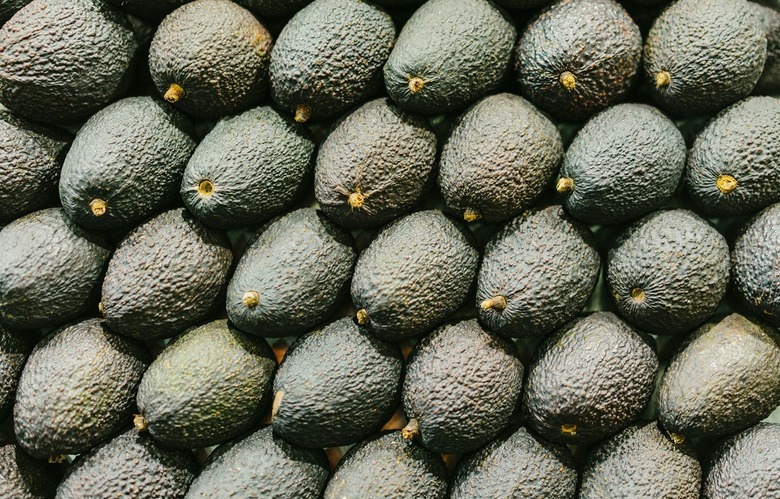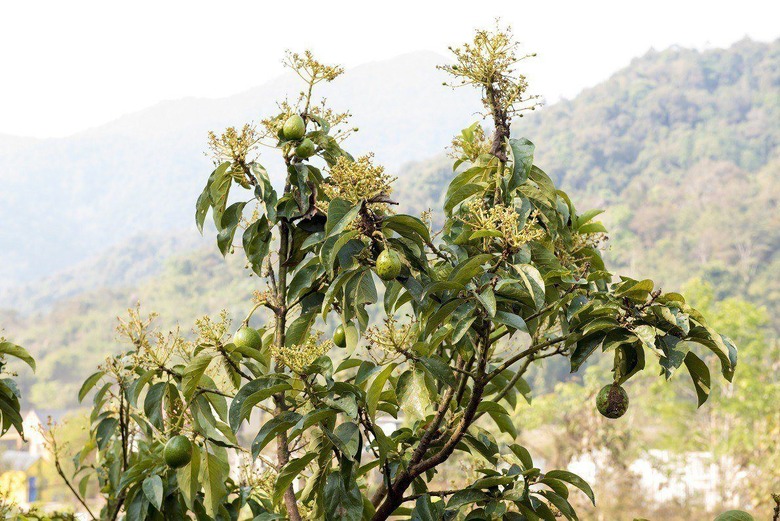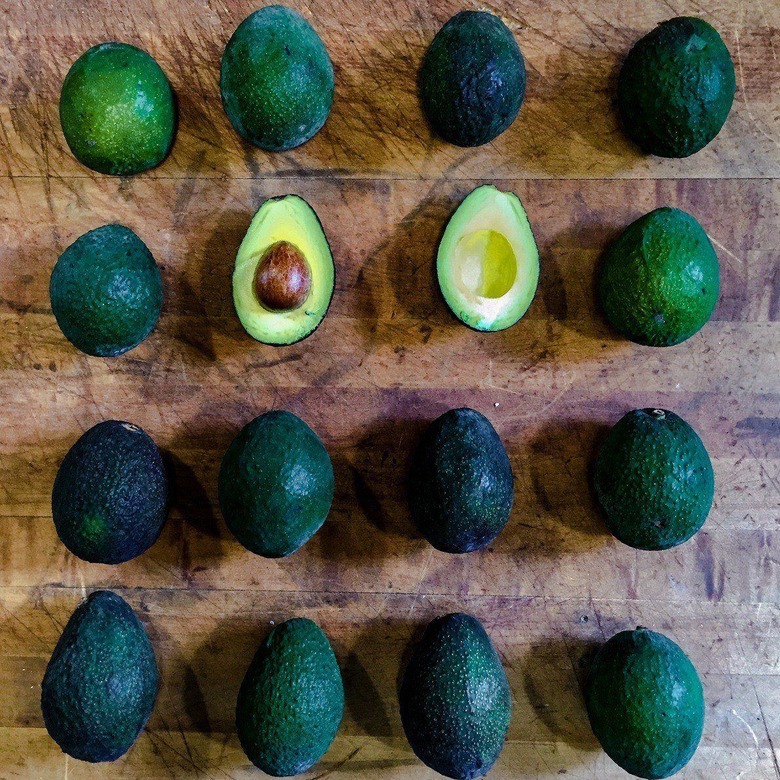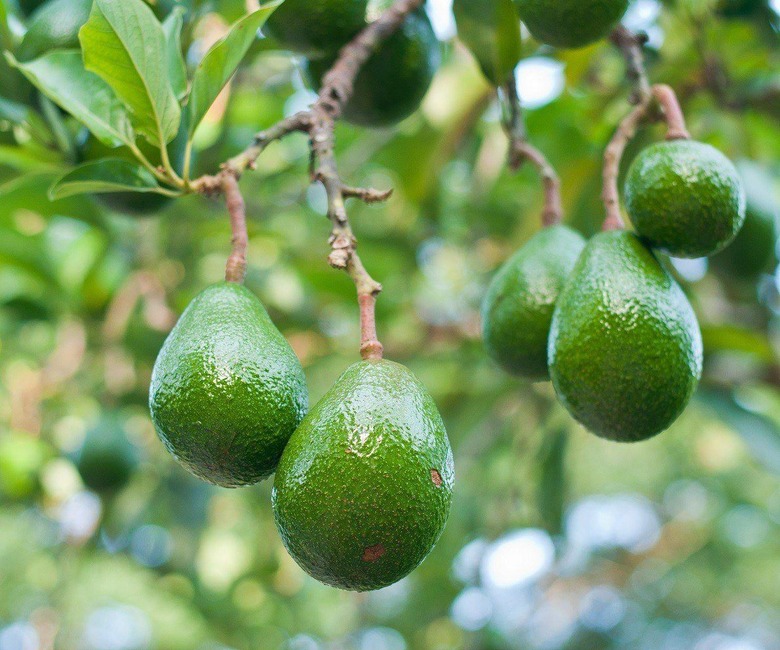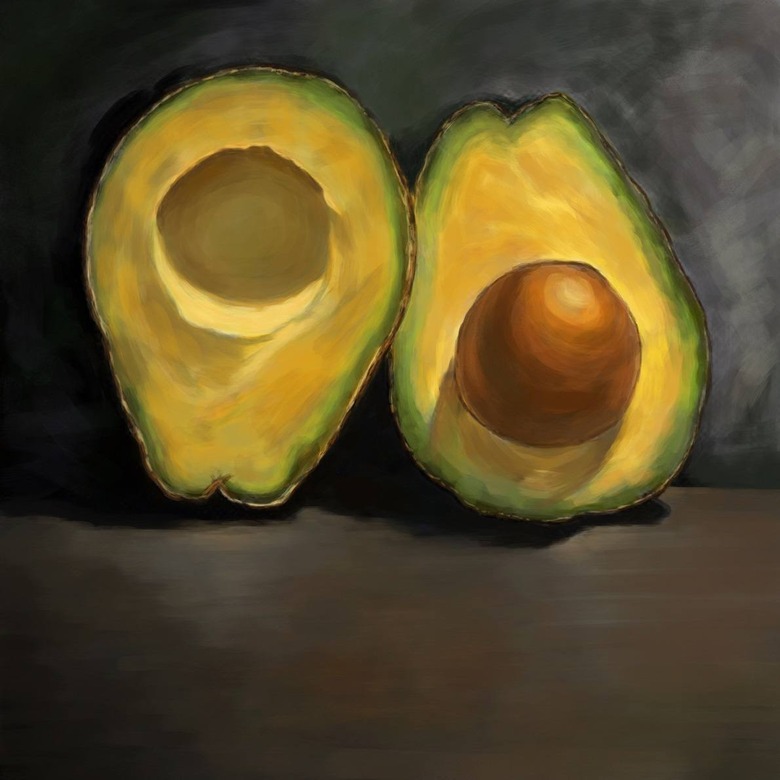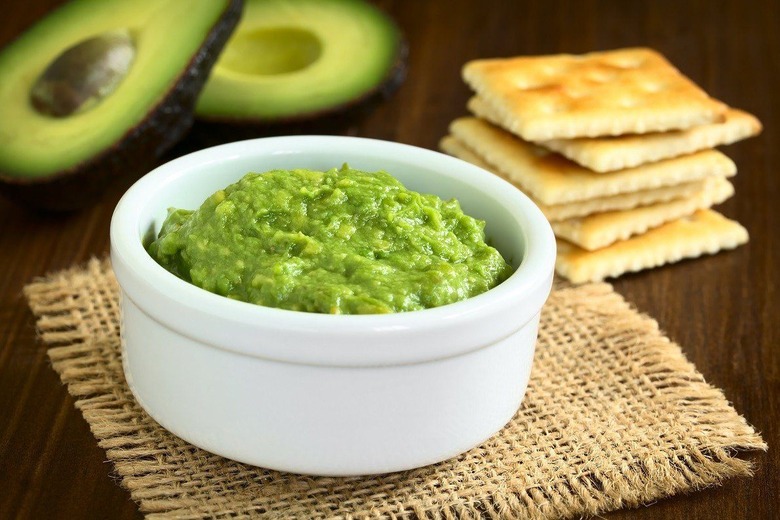17 Things You Didn't Know About Avocados (Slideshow)
Though they are often used as a vegetable in savory dishes, avocados are technically a fruit. More specifically, an avocado is a single-seeded berry!
They Are All Picked by Hand
To harvest avocados, workers use a 16-foot pole with a pouch and clipper on the end to reach the high-hanging fruit. The high cost of labor is one of the main reasons avocados are so expensive in comparison with other fruits and vegetables.
The Conquistadors Used Their Seeds for Ink
The conquistadors discovered that avocado seeds produce a milky liquid that turns red when exposed to air. They used this as a natural ink, and some documents written with it are preserved to this day. (Many of these works reside in the archives of Popayán in Columbia.) The ink has also been used to mark cotton and linen textiles. The "avocado ink" sold today is typically named for its green color and has nothing to do with the red ink of the avocado seed.
There Are Many Different Kinds
The worldwide popularity of the Hass aside, there are hundreds of different types of avocados, ranging from the oval-shaped, light-skinned Bacon variety to the pear-shaped, thin-skinned Zutano. Each type differs in shape, size, skin type, taste, and texture.
They’re Easy to Grow
It is easy to grow your own avocado tree using toothpicks, a glass of water, and an avocado seed. First wash the seed. Then use three toothpicks to suspend it broad-end down over a water-filled glass to cover about an inch of the seed. Put the glass in a warm place out of direct sunlight and replenish water as needed. You should see the roots and stem start to sprout in about two to six weeks.
They’re Easy to Test for Ripeness
There are two schools of thought when it comes to testing the ripeness of an avocado. One method is to hold the fruit in your palm and then gently squeeze, being careful not to bruise the fruit. It should be firm, but give to gentle pressure. Another popular method is to remove the stalk and peel back the small stem or cap at the top of the avocado. If it comes away easily and you find green underneath, you've got a good avocado that's ripe and ready to eat. If you pull back the stem and find brown underneath, the avocado is overripe, and you're likely to find brown spots inside the fruit. And if the stem doesn't come off easily, the fruit is not yet ripe enough to eat.
They Freeze Well
Avocados freeze surprisingly well — just make sure they are nice and ripe before freezing. One way to freeze them is to mash them and season lightly with lime before storing them in a zip-close bag. You can also spoon avocado purée into ice cube trays and freeze it to use in smoothies. If you want to freeze larger chunks of avocado, just lay them in a single layer on a parchment-lined sheet tray, put it in the freezer until the chunks are solid, and then pack the frozen pieces away in a zip-close bag. The frozen chunks of avocado might oxidize slightly once thawed (due to the lack of lime juice) but will still taste delicious!
They’re Full of Vitamins
One avocado has nearly 20 different vitamins, minerals, and phytonutrients.
They Go by Many Names
Because of the mottled texture of their dark skin, avocados used to be called alligator pears. The Aztecs called the avocado tree ahuacatl, which translates to "testicle tree" — how rude! (The modern Spanish word for the fruit, aguacate, derives from that term, though in much of South America the name is palta.) In the 1700s European sailors called the avocado "midshipman's butter" because they liked to spread it on hardtack biscuits. Today in India, it is frequently called "butter fruit" — and the Taiwanese refer to it as the "cheese pear."
They’re Good in Desserts
Avocados make a healthy alternative to creamy frozen pudding pops. Just mix avocado with lime juice and honey to taste and then blend the avocado mixture into twice as much milk before freezing in ice pop molds. In Brazil, avocados are a popular ingredient for ice cream, and many people in the Philippines purée avocados with sugar and milk for a dessert drink.
They’re Great Food for Babies
Avocados have a great creamy texture, are full of nutrients, and are easy to digest, making them a great food for infants. In some Central and Latin American countries, babies are frequently weaned on avocados, along with papayas, bananas, and rice. Coincidentally, the typical Hass avocado happens to be the size of a baby in the womb at 16 weeks.
They’re a Great Source of Protein
Avocados provide all 18 essential amino acids necessary for the body to form a complete protein. Unlike the protein in steak, which is difficult for most people to digest, avocado protein is readily absorbed by the body because avocados also contain fiber.
They Mature on Trees but Ripen After They Have Been Picked
Avocados can stay on the tree for as long as 18 months. Generally, they're harvested when they're hard and green and are kept in coolers until they reach their final destination. Retailers can actually request avocados from among several stages of ripeness. Avocados ripen within one to two weeks of being picked, however. You can speed up the ripening process by placing an unripe avocado into a paper bag along with an apple or banana. The fruit placed alongside the avocado releases ethylene — a gas used in commercial ripening chambers.
The Most Popular Variety Comes From a Mailman’s Tree
Most people probably know that the Hass avocado — the familiar kind with the pebbly green-to-black skin — is the most popular variety of the fruit around the world. (They are also the only variety grown year round.) But did you know that the lineage of every Hass tree can be traced back to a single tree? The very first one was discovered by a mailman named Rudolph Hass in his back yard, in La Habra Heights, California, in the 1930s. That first tree died of root rot in 2002 — it was 76 years old.
They Were a Symbol of Love
Because avocados do not self-pollinate, they need another avocado tree nearby in order to produce fruit. Because of this need for a mate and the fact that avocados grow in pairs on the trees, the Aztecs considered the avocado a symbol for love and fertility.
They Weren’t for the Common People
Avocados were considered by the Aztecs to be a luxury food that was reserved for the tables of royalty.
We Celebrate With Them
During the Super Bowl, more than eight million pounds of avocados are eaten across America. And during Cinco de Mayo, Americans eat even more — 14 million pounds in all.

